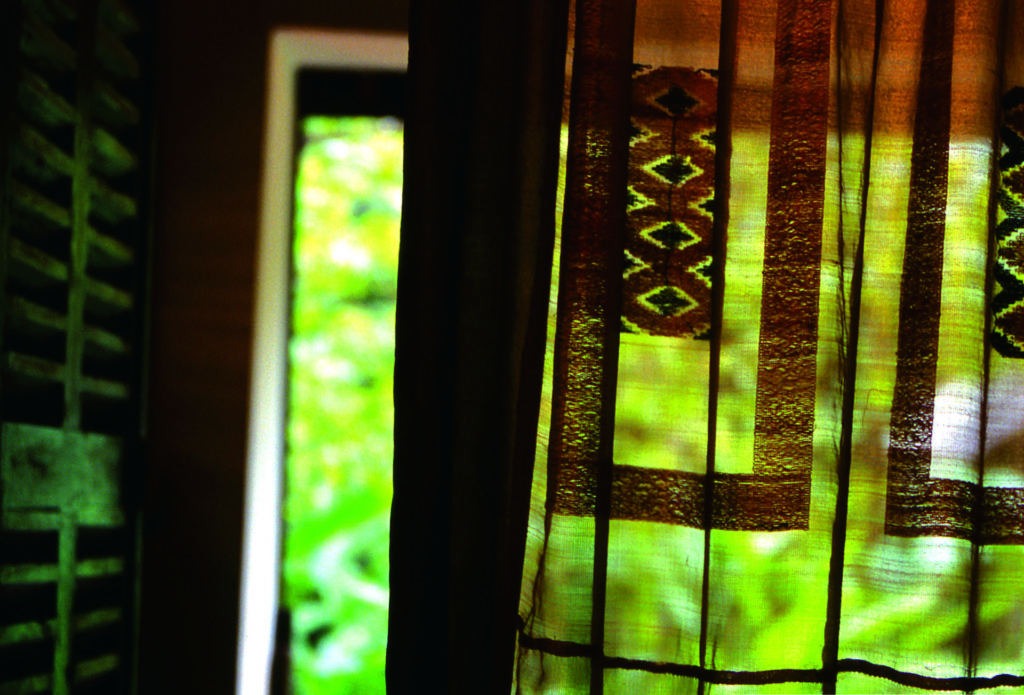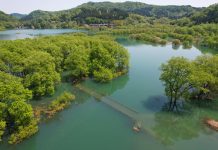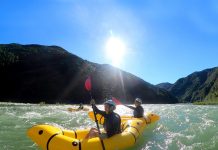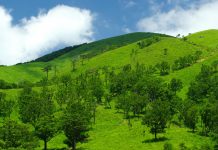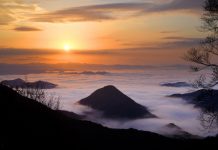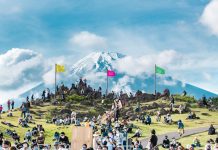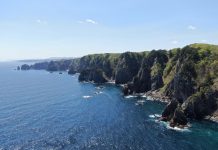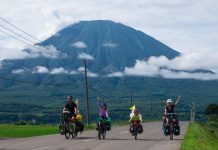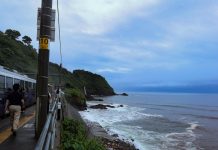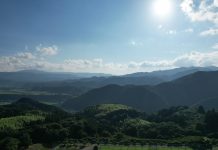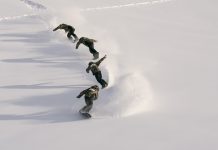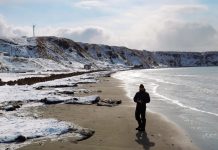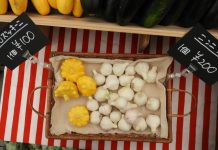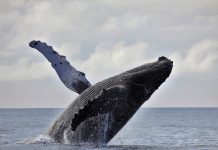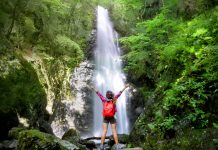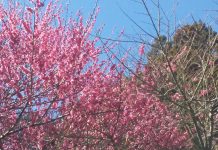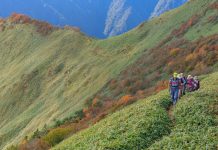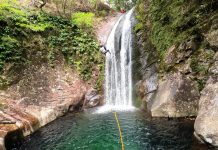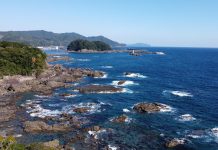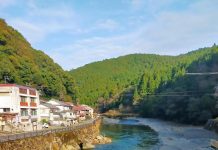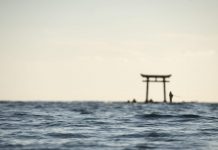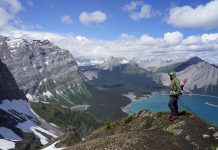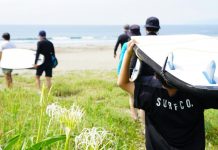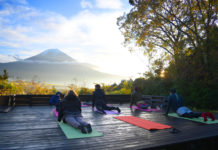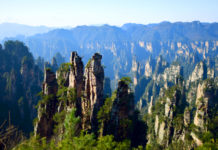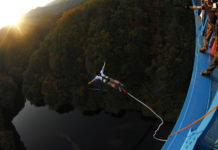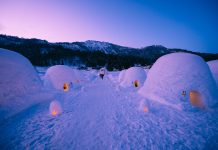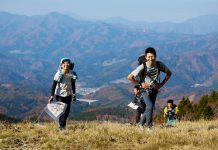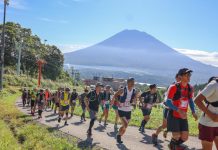The first Lao kingdom was born in Luang Prabang and, today, long after the capital was moved 500 kilometers south to Vientiane, Laotians assert that the heart of the nation’s culture still remains here.
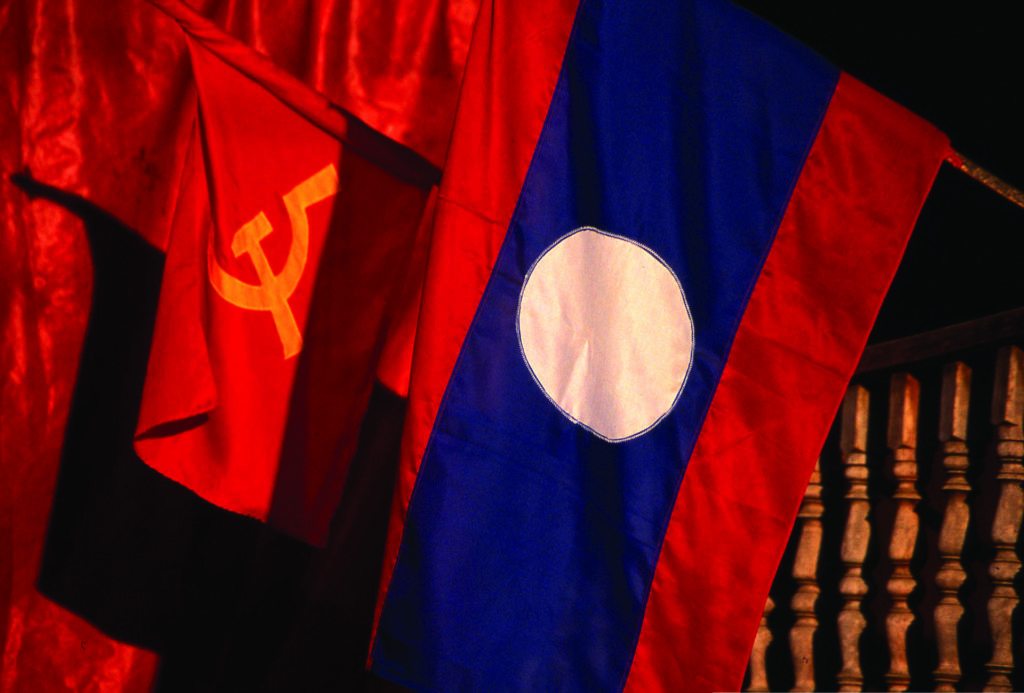
As dawn breaks, barefoot monks finished with their morning prayers file along the historical quarter’s main street, collecting donations of rice in their alms bowls from the Buddhist faithful kneeling at the curb. It’s a quiet hour, as the early morning mist hovers over this town situated where the mighty Mekong and Nam Kan rivers meet.
As dawn breaks, barefoot monks finished with their morning prayers file along the historical quarter’s main street, collecting donations of rice in their alms bowls from the Buddhist faithful kneeling at the curb. It’s a quiet hour, as the early morning mist hovers over this town situated where the mighty Mekong and Nam Kan rivers meet.
The impression it gives, however, is smaller, for it feels like a big and friendly village. Although, as a whole, it is quite spread out, the old part of town occupies a narrow finger of land only about a kilometer long and a few hundred meters wide. Just a few streets run the length of it, with a handful each of lanes and brick-paved alleyways across its width.
It is this small and appealing part of Luang Prabang, bounded on three sides by water, that comprises the so-called heritage zone, and the treasures of history and architecture within it are what a decade ago earned it UNESCO World Heritage status. Roughly half a century of French “protectorship” left behind a legacy of crumbling colonial mansions and shophouses standing here and there among indigenous wooden stilt houses, and a campaign of restoration and preservation is bringing some of them back to life.
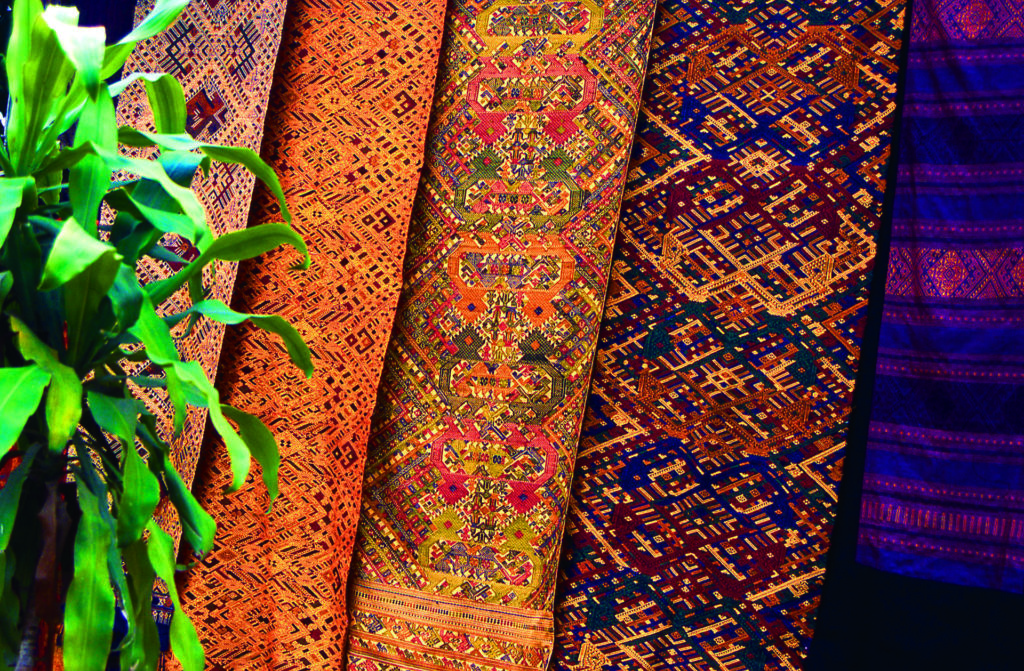
On nearly every corner is a splendid Buddhist temple, its pitched, multiple rooflines sweeping gracefully, wing-like, nearly to the ground. Extravagantly ornamented inside and out with gold repoussé, silver and gold stenciling, vivid murals and even mosaics of multicolor mirrored glass, these sublime places glorify the Buddha and strive to lift worshipers’ spirits high above the mundane.
In the center of town stands the former royal palace, its pediment displaying the three-headed elephant beneath a parasol which was the symbol of the Lao Kingdom, once known in Asia as “Land of a Million Elephants.”
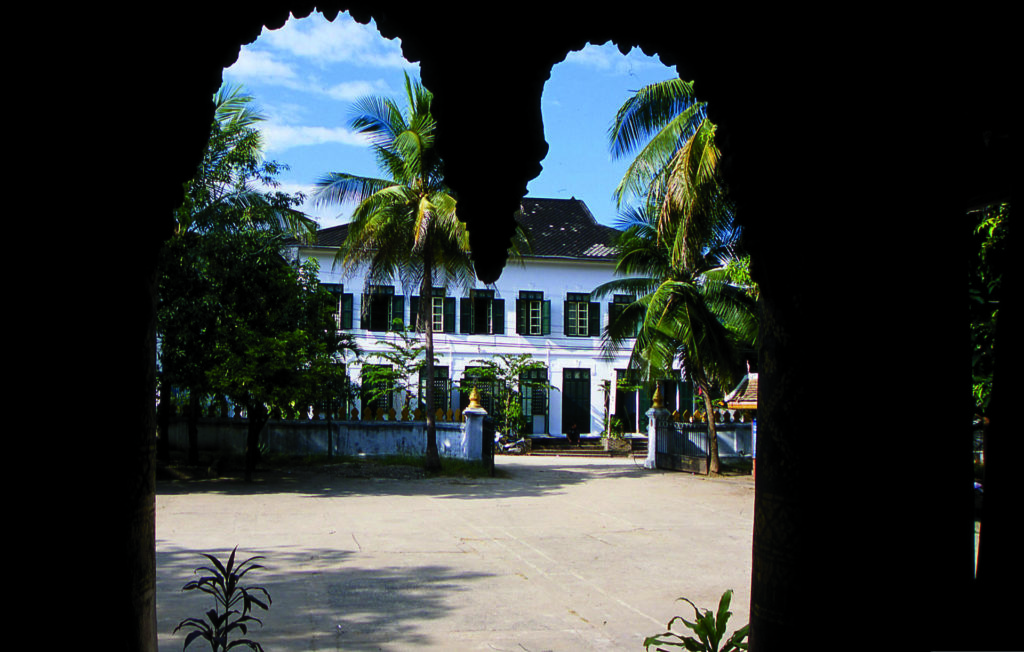
The last king was forced to abdicate by the victorious Pathet Lao 30 years ago and soon afterward was sent with his queen and the crown prince to a remote place, ostensibly for re-education, but essentially to their eventual deaths from malaria and starvation. Today the building, believed by many Lao people to be haunted, houses the National Museum.
In a small and rather shabby room opening onto the building’s front veranda the town’s namesake is displayed to visitors. The Great Prabang, a golden standing Buddha which legend holds to be 2,000 years old is said to have been a legitimizing gift from a Khmer king to the first Lao king in the 14th century.
When the current refurbishment of Ho Wat Prabang, a temple hall on the palace grounds, is completed, the sacred image will be transferred to that much more appropriate and beautiful location.
Right behind the palace, steps lead down to the river to the very spot where members of the royal family and their guests once arrived and departed by boat. A host of longboats still awaits, but now it is the tourist who is king.
Boatmen call out their offers for upriver sightseeing tours and, after some days spent following the engaging paths of history and culture through Luang Prabang, spending a few languid hours on the Mekong, stopping off at the Pak Ou caves or perhaps some small riverside village, is a refreshing pleasure indeed.
